Sexist Indian wedding customs that need to be prohibited
Wedding ceremonies are always full of old traditions in any culture. There is no doubt that we should honor our history, our culture, our traditions and our old wedding rituals. However, we live in the 21st century when men and women have equal rights and should be honored with the same respectful treatment. So why not refuse or at least modify some traditions that seem fun and innocent, but the same time shows a lack of hideous respect towards women. Here is a list of six sexist Indian marriage traditions that we think is definitely banned today.
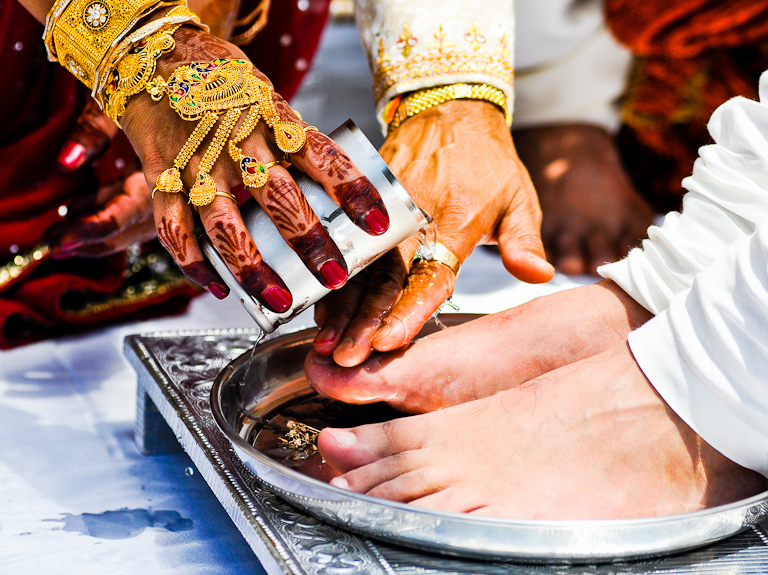
Wedding ceremonies are always full of old traditions in any culture. There is no doubt that we should honor our history, our culture, our traditions and our old wedding rituals. However, we live in the 21st century when men and women have equal rights and should be honored with the same respectful treatment. So why not refuse or at least modify some traditions that seem fun and innocent, but the same time shows a lack of hideous respect towards women. Here is a list of six sexist Indian marriage traditions that we think is definitely banned today.
Kanyādān (Virginity Gift)
Kanyadan literally means "Give the girl to her future husband." According to Father Ritual gives his daughter as gift at the groom at the beginning of the wedding. It makes the husband thinks that his bride is the most precious gift given to him by God. It was also believed that Kanyadan presents the parents of the bride of all their sins.
It was mentioned before we had to honor and follow our old traditions, but we should also understand that women are not the property of men.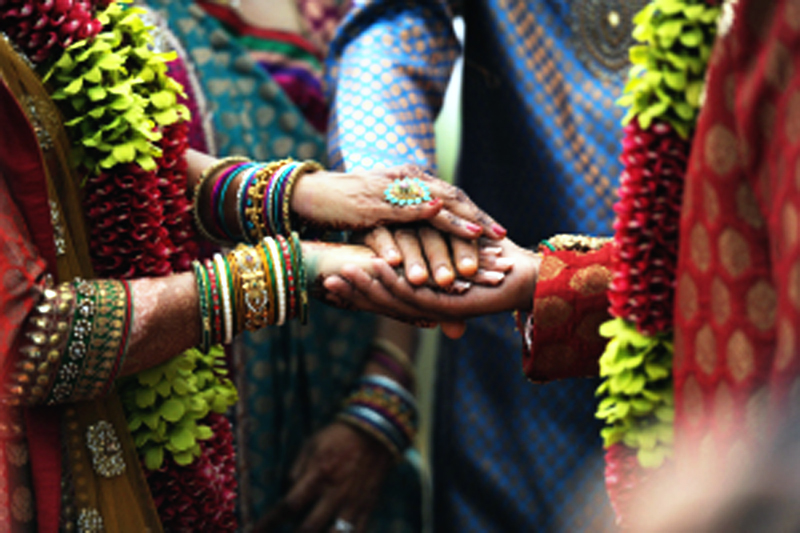
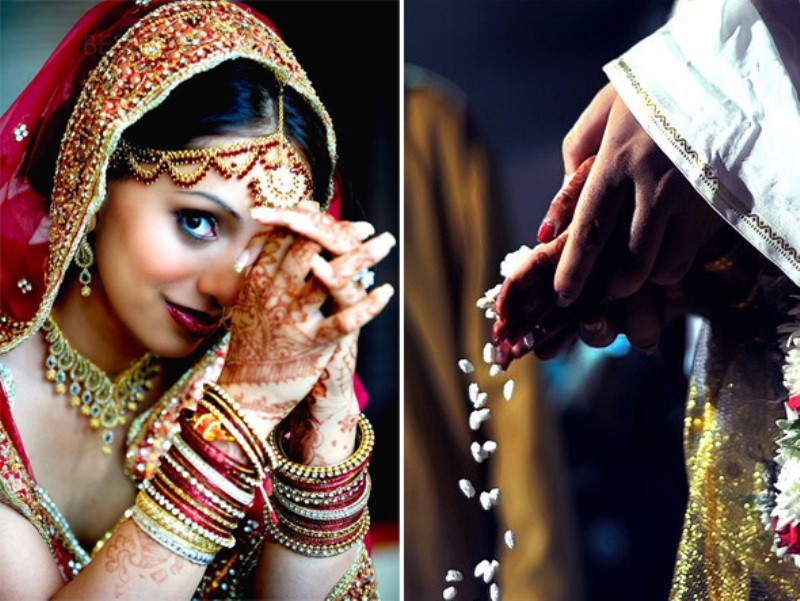
Kashi Yatra (Saint-Pilgrimage)
Traditionally, in the middle of the wedding, the groom suddenly realizes that it is not ready for marriage and decides to complete its religious studies first. The groom leaves the marriage with an umbrella and a handful of rice in the pilgrim of the holy land in search of sacred knowledge. When he came out of a wedding room, the father of the bride approaches him and explains the advantages of marriage in relation to ascetic life. Finally, the groom exchanges and returns to marriage.
It seems fun. But is it just the groom who is allowed to appease his vanity? Can not the bride also be ambitious? Why can not the bride leave the wedding room with the mother-in-law label behind her and begging it not to escape from marriage?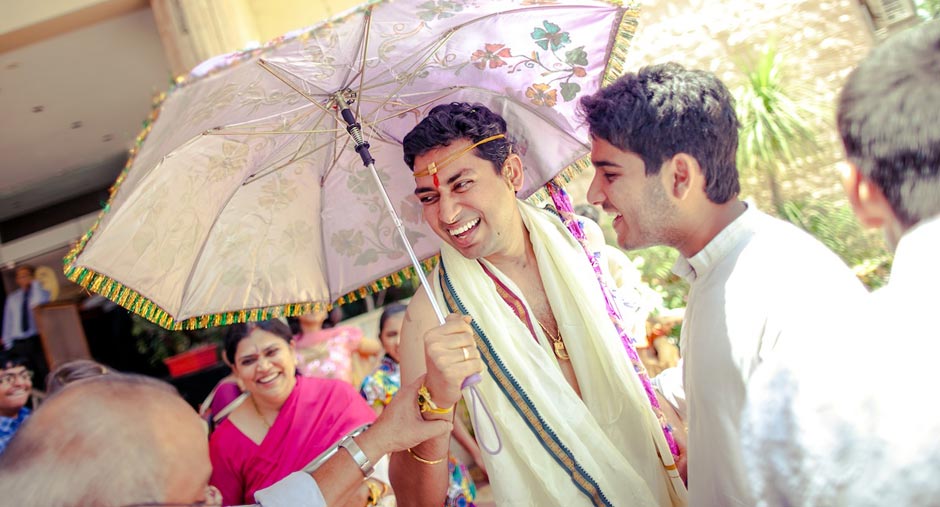

Wash
There are different interpretations of this tradition throughout India according to its region. The only difference is to know who exactly washing the feet of the groom - the parents of the bride, his sister or in fact the bride itself. In old times, the groom has often marked bare feet from his village in the village of his bride for the wedding. Thus, the bride and his family wanted to show their respect to the groom in such an extraordinary way.
Seriously? Does the bride do not deserve the same respect?
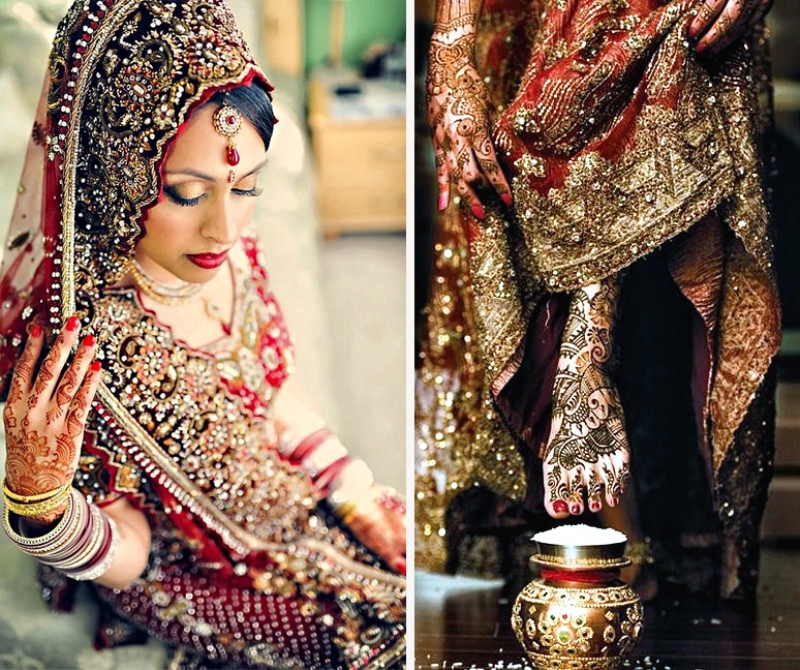
The first change changes
It's quite common in all cultures when the woman takes her husband's surname, but in some parts of northern India, the bride should also change her name when she gets married. The new name of the bride is calculated in accordance with the Hers and the combined astrology tables of his groom.
I'm not trying to make fun of this tradition, but for anyone, his name is the sweetest and one of the most important words in the world as well as in any language and forcing a woman to change her name After the wedding is pretty sexist.

The mother of the bride is banned from marriage
In some areas of modern India, a bride's mother is not allowed to attend her daughter's wedding. It thought she can jinx marriage with her "bad eye". How awful!
Some traditions should certainly disappear over time. This one is definitely in this category.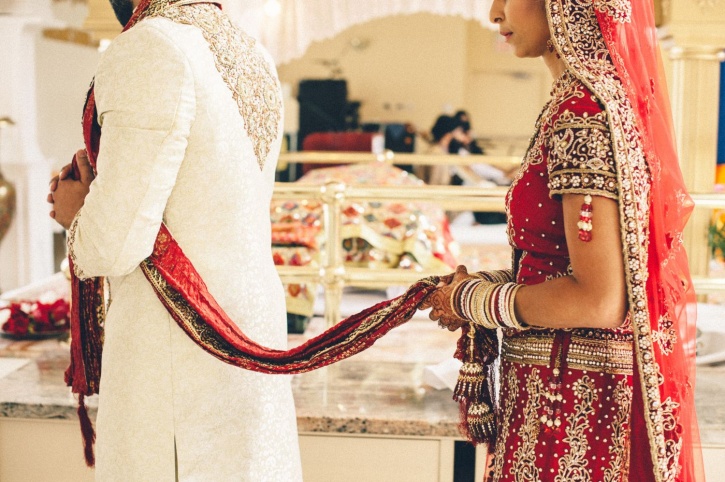
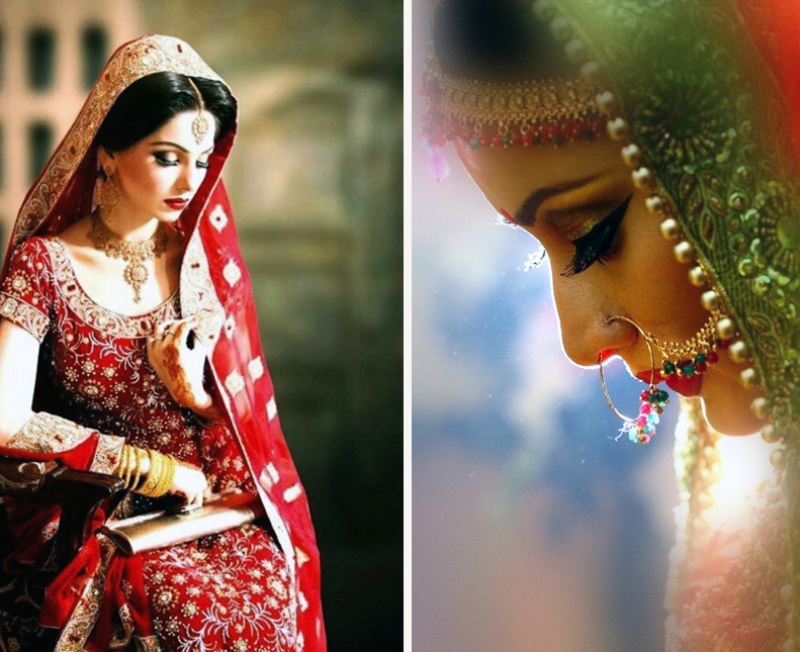
Mangala Sutra (auspicious wire)
The ceremony called Mangalya Dharanam is an integral part of a Hindu wedding. The ritual of linking a Saint Mangala Sutra around the neck of the bride by the groom is considered crucial. In the early years, Mangala Sutra was literally a favorable thread that was tied around the bride's neck 3 times. Today, it could be a necklace with a symbolic design of three nodes, which symbolizes the obedience of the bride to her husband, his family and God.
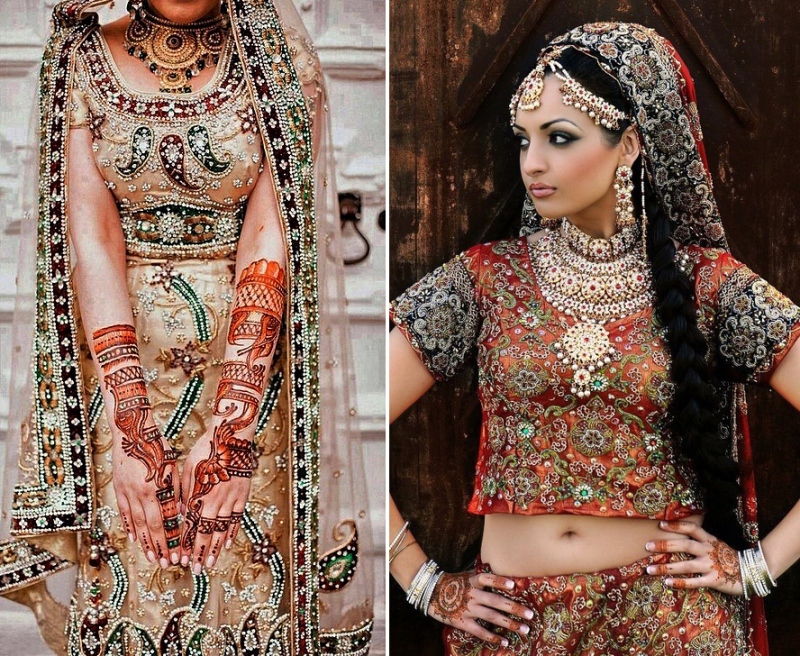

This emblematic pizza chain has only closed each of its locations here

